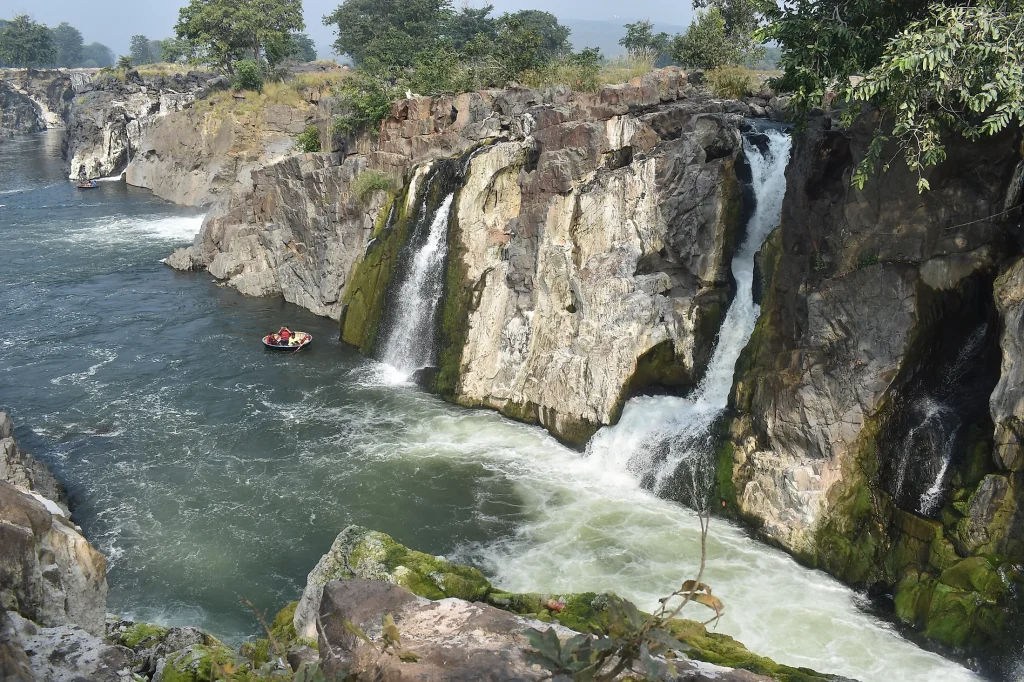Navigating the Cauvery River Dispute: A Contemporary Perspective
With tensions rising between Karnataka and Tamil Nadu and the former announcing a state band, it is time we took a deep dive into the age-old issue of the Cauvery Waters. In the heart of Southern India, the Cauvery River flows, carrying with it the weight of a long-standing conflict between Karnataka and Tamil Nadu. This enduring dispute over the river’s waters has taken on a contemporary twist, adding complexity to an age-old disagreement.

Historical Echoes:
The roots of this disagreement trace back to British-era agreements that aimed to divide the river’s waters between the two states. However, the challenge lies in adapting these historical arrangements to the present context, considering the increased demands for water due to urbanisation and agricultural needs.
Karnataka’s Standpoint:
Karnataka, where the Cauvery originates, argues for a fairer allocation that accommodates its burgeoning urban centres, especially the capital city, Bengaluru. The state emphasises the need to balance agricultural requirements with the growing water needs of its cities. Droughts and unpredictable rainfall patterns further complicate the situation.

Tamil Nadu’s Concerns:
Downstream in Tamil Nadu, the river is a lifeline for agriculture. Farmers heavily rely on its waters for their crops. The state contends that any reduction in the water flow affects its agricultural landscape, impacting livelihoods and the economy. Ensuring a consistent supply is crucial for Tamil Nadu’s farmers.
Current Complexities:
Recent years have seen heightened tensions, with both states struggling to adhere to court-mandated water release schedules. Disputes over sharing water during distress years and managing reservoirs have added complexity to the problem. Legal battles and public protests have further intensified the issue.
Environmental Concerns:
Apart from the states’ demands, there’s a growing emphasis on environmental conservation. Preserving the river’s ecology is essential for both states’ sustainable futures. Balancing the needs of agriculture, urban centres, and the river’s ecosystem presents a formidable challenge.
The Path Forward:
Resolving this intricate tangle necessitates a multifaceted approach. Collaborative water management, investment in water-saving technologies for agriculture, and a focus on rainwater harvesting are crucial steps. Promoting dialogue between the states and involving all stakeholders is fundamental to finding a lasting solution.

Current Scenario:
As of the present day, discussions between Karnataka and Tamil Nadu continue. Efforts are being made to strike a balance between historical agreements, current needs, and environmental conservation. While challenges persist, the dialogue remains open, offering a glimmer of hope for a resolution in the near future.





